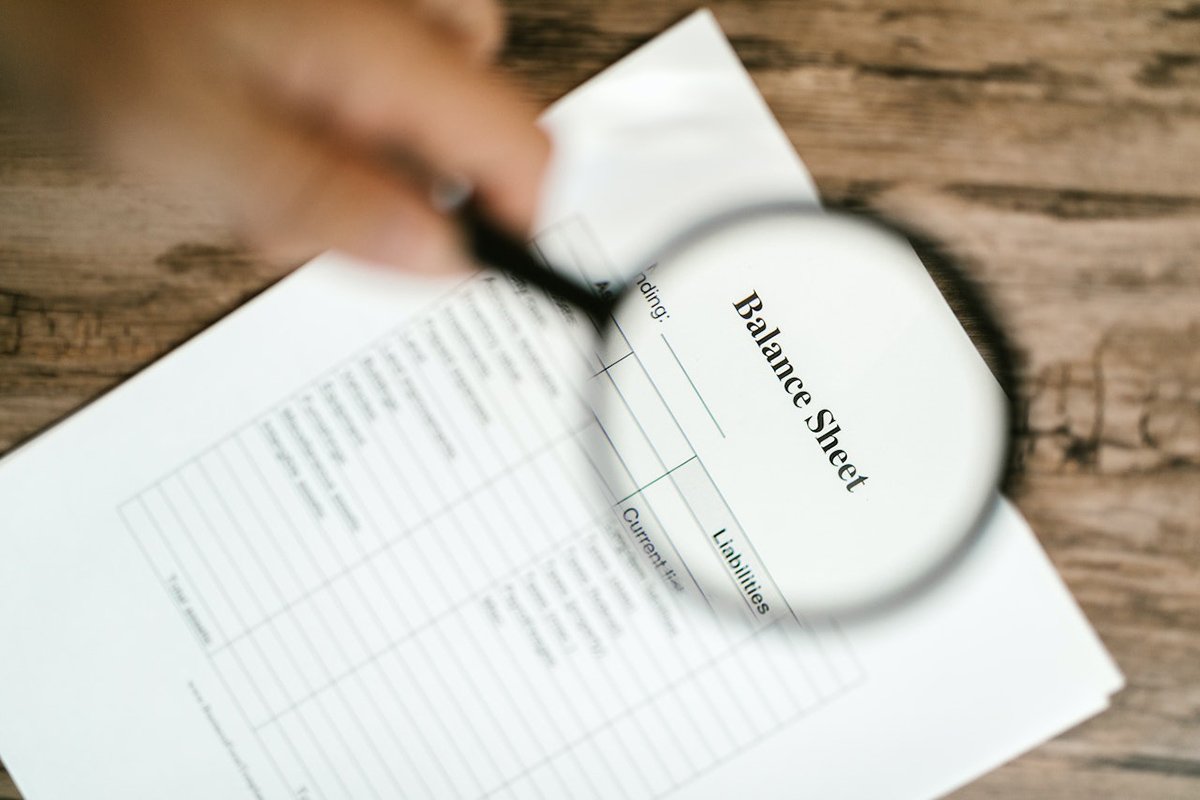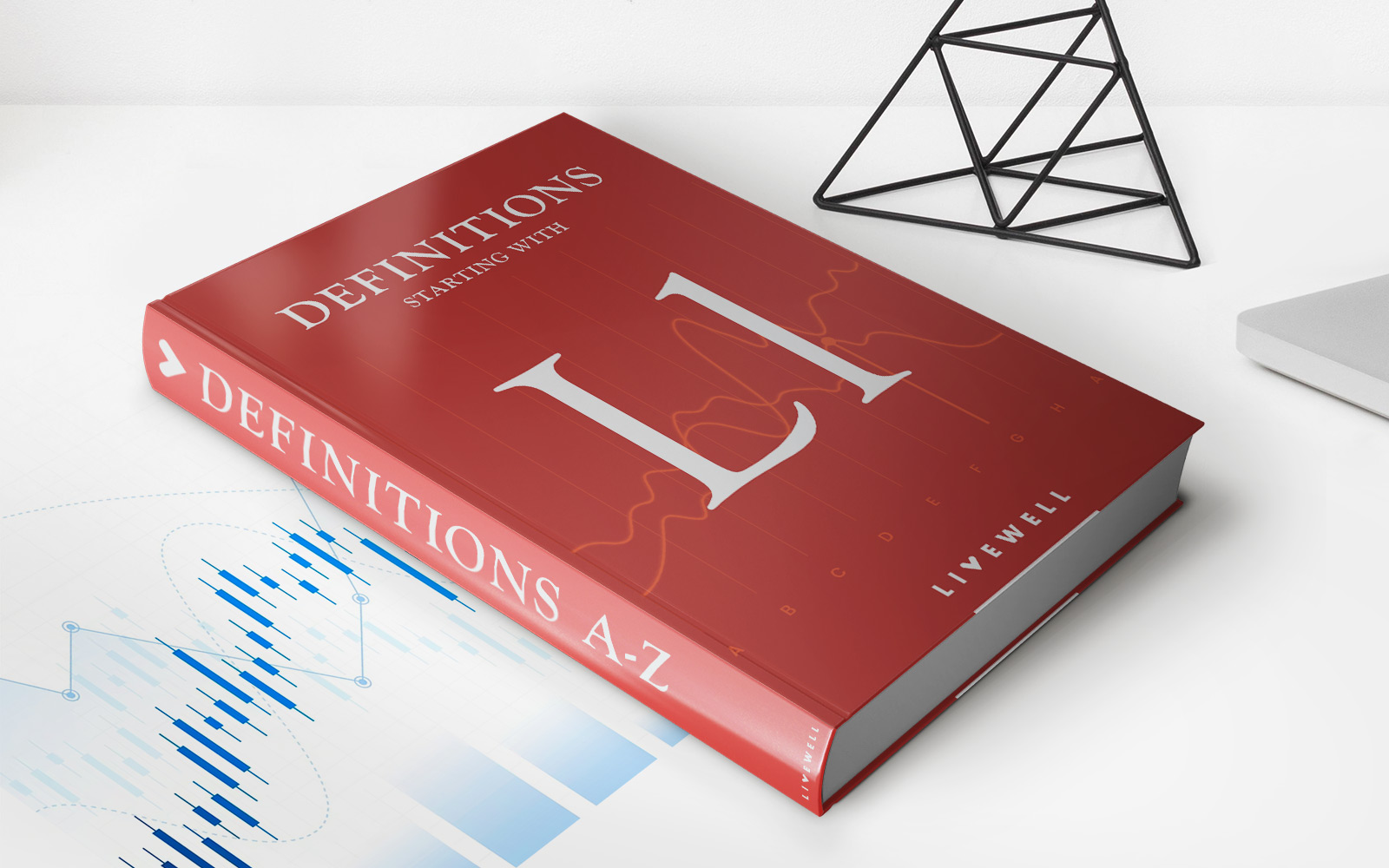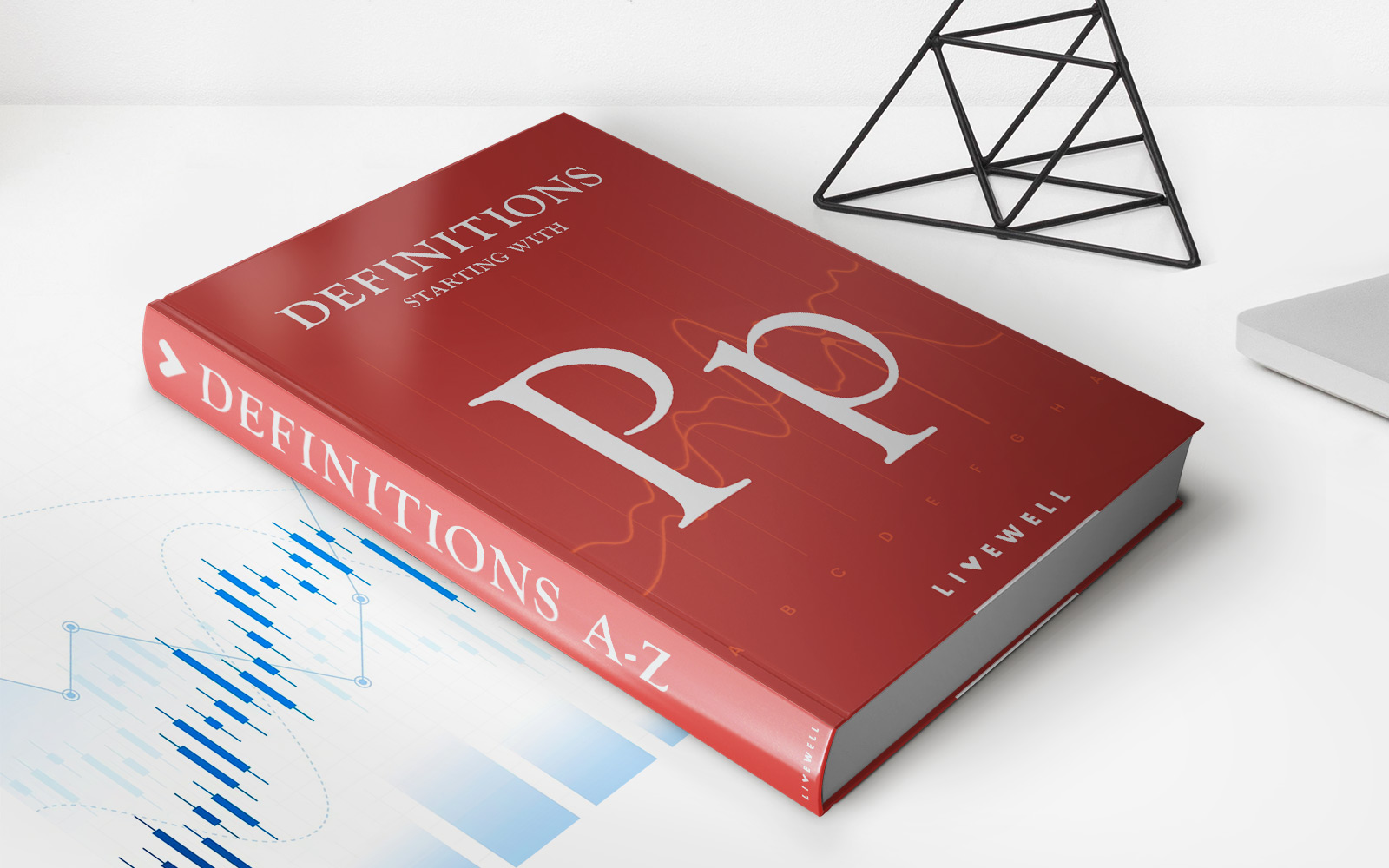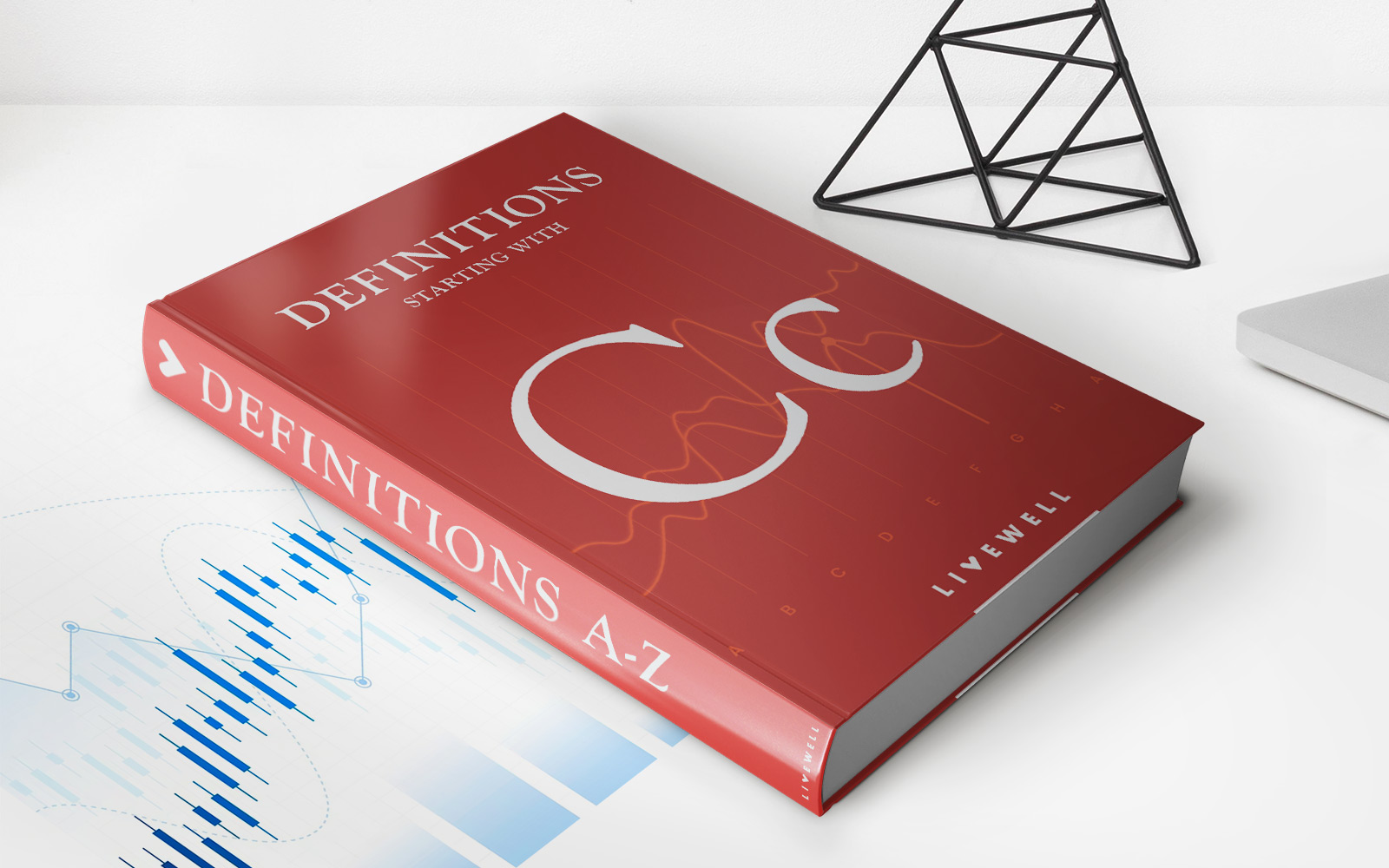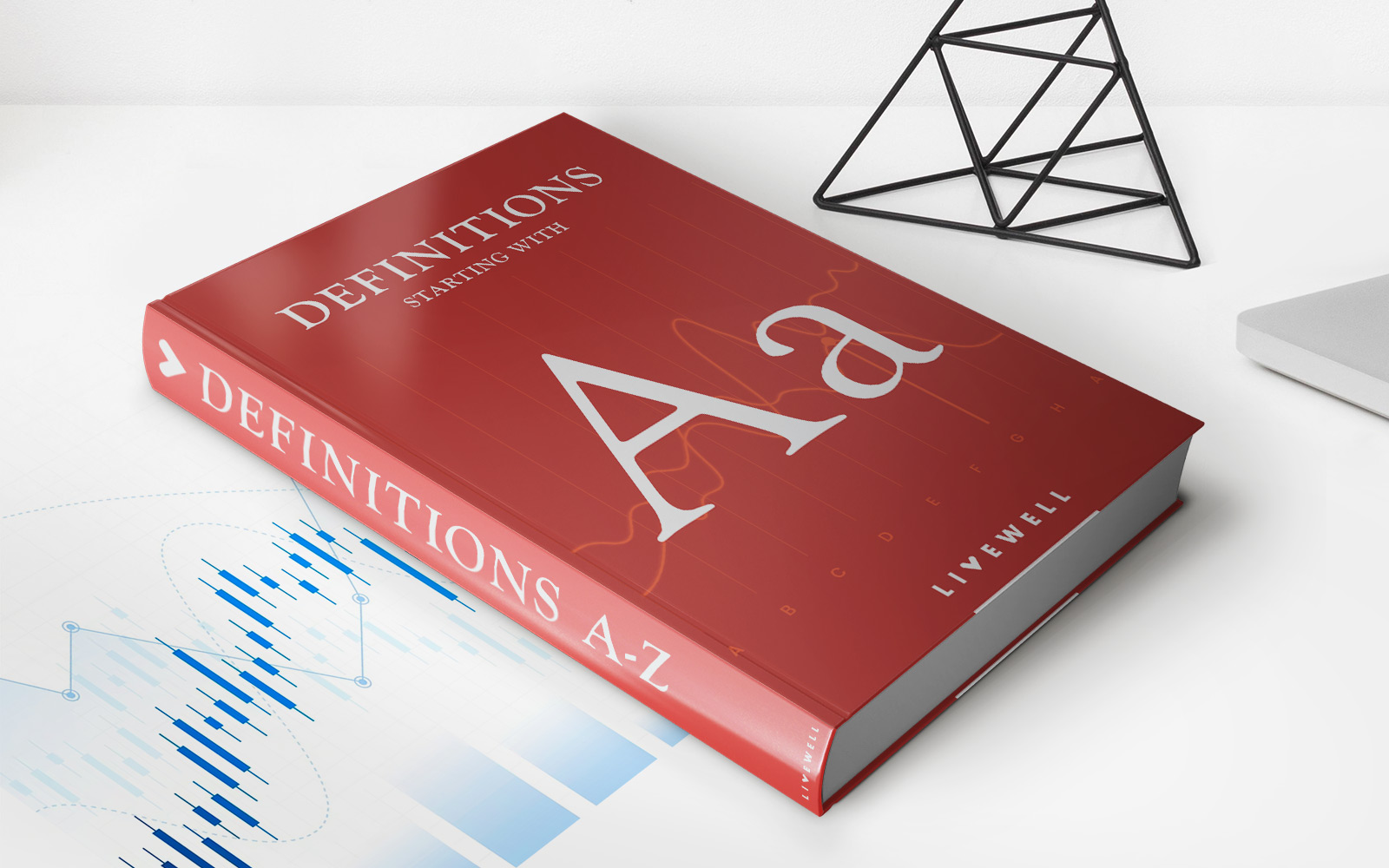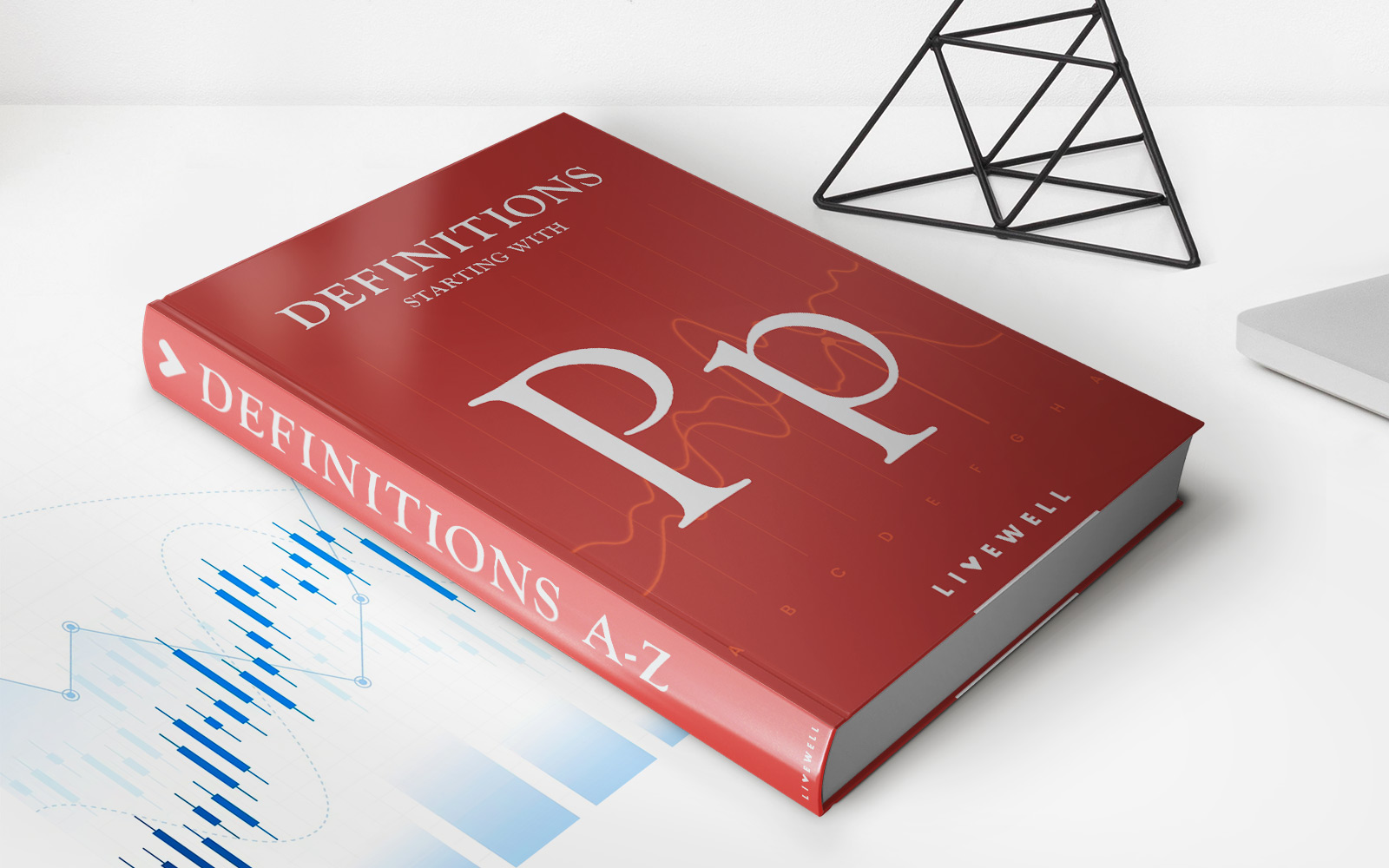Home>Finance>Financial Asset Definition And Liquid Vs. Illiquid Types


Finance
Financial Asset Definition And Liquid Vs. Illiquid Types
Published: November 23, 2023
Learn about financial assets and the difference between liquid and illiquid types in the world of finance. Enhance your understanding of finance with our comprehensive guide.
(Many of the links in this article redirect to a specific reviewed product. Your purchase of these products through affiliate links helps to generate commission for LiveWell, at no extra cost. Learn more)
Understanding Financial Assets and the Difference Between Liquid and Illiquid Types
When it comes to managing your finances, it’s important to have a clear understanding of the different types of financial assets and their liquidity. In this article, we’ll delve into the definition of financial assets and explore the distinctions between liquid and illiquid types.
Key Takeaways:
- Financial assets are monetary resources or contractual claims that have value and can be traded.
- Liquid financial assets can be easily bought, sold, or converted into cash, while illiquid assets may have restrictions or complexities that make them harder to sell quickly.
What are Financial Assets?
Financial assets are the monetary resources that individuals, businesses, and governments possess. They can take different forms, such as stocks, bonds, cash, and real estate. These assets hold value and can be bought, sold, or traded to generate income or increase wealth. Let’s explore the two main types of financial assets: liquid and illiquid.
Liquid Financial Assets
Liquid financial assets are those that can be easily converted into cash or traded without significant loss in value. Common examples of liquid assets include cash, savings accounts, stocks, and publicly traded securities. These assets are highly desirable because they provide quick access to funds, allowing for immediate cash flow and flexibility in managing financial obligations.
Key characteristics of liquid financial assets:
- Ease of Convertibility: Liquid assets can be quickly and easily converted into cash without substantial transaction costs or delays.
- Marketability: These assets are actively traded in well-established markets, ensuring a high degree of liquidity.
- Low Risk of Loss: Liquid assets are generally considered less risky due to their ability to be readily converted into cash.
Illiquid Financial Assets
Illiquid financial assets, on the other hand, are not easily converted into cash without incurring significant costs or delays. These assets typically have limited markets, may require specialized knowledge or legal procedures to sell, and can be subject to a higher degree of risk and uncertainty.
Examples of illiquid financial assets include real estate properties, private equity investments, and certain types of bonds. While these assets may offer higher potential returns, they also come with reduced liquidity, meaning it may take a longer time to sell them and access the invested funds.
Key characteristics of illiquid financial assets:
- Complexity: Selling illiquid assets often involves intricate legal or regulatory procedures, making the transaction process more intricate and time-consuming.
- Lower Marketability: Illiquid assets are traded in less active and established markets, reducing the number of potential buyers.
- Potential for Higher Returns: Illiquid assets tend to have a higher potential for generating substantial returns over the long term due to their inherent risks and limited availability.
Conclusion
In conclusion, financial assets are the building blocks of any investment portfolio and can play a crucial role in achieving your financial goals. Understanding the difference between liquid and illiquid assets is essential in making informed financial decisions. While liquid assets provide instant access to cash and increased flexibility, illiquid assets may offer higher returns over time but are less easily converted into cash. Balancing your holdings of liquid and illiquid assets can help you achieve a diversified and well-managed portfolio.
For more guidance on managing your finances and optimizing your investment strategies, consulting with a financial advisor is always recommended.



